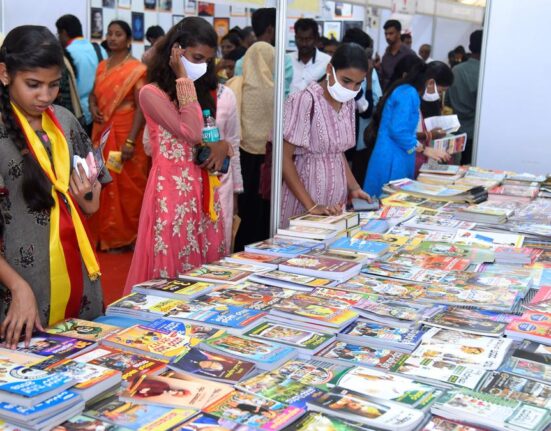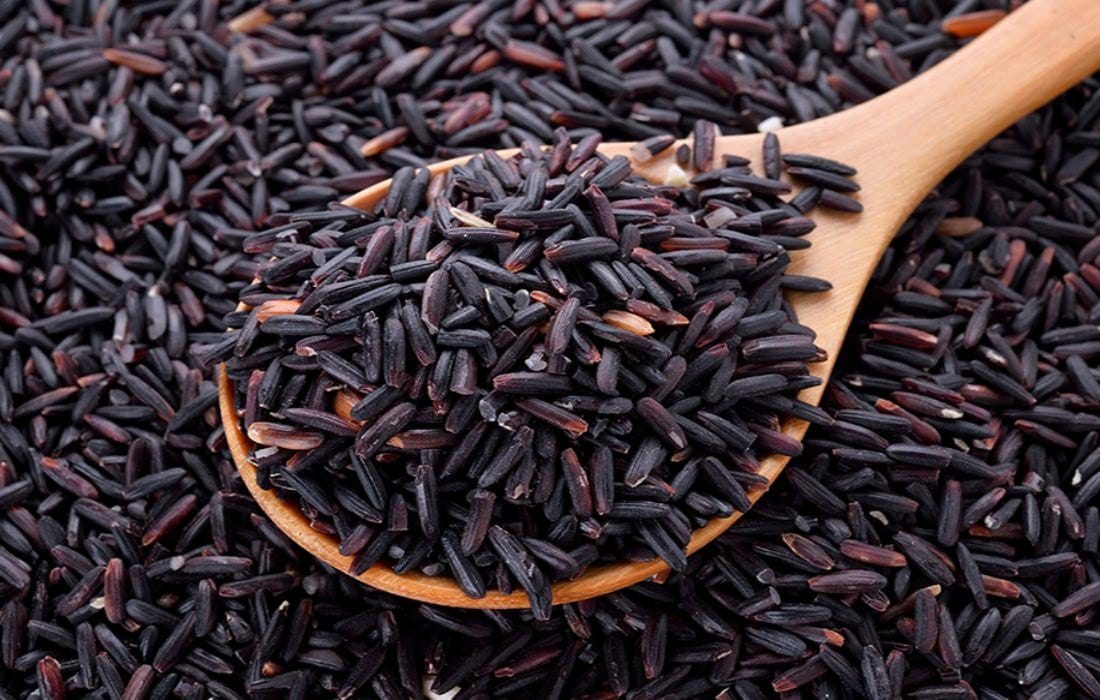In the picturesque landscapes of Manipur, nestled in the northeastern part of India, lies a culinary treasure that has been capturing the attention of food enthusiasts worldwide – the aromatic black rice, fondly known as ‘chak hao’. With its mesmerizing deep purple hue, nutty flavor, and delightful aroma, chak hao has been a staple in Manipuri cuisine for centuries. However, in recent years, this indigenous rice variety has been gaining prominence not only locally but also on the international stage, with a surge in demand and plans underway for exporting it to Europe.
Chak hao, or black rice, is not just a culinary delight but also a symbol of cultural heritage and tradition in Manipur. Historically, it was reserved for royalty and special occasions, earning it the moniker “forbidden rice” or “emperor’s rice.” Rich in antioxidants, vitamins, and minerals, chak hao is not only flavorful but also nutritious, making it a sought-after ingredient in health-conscious diets globally.
The recent surge in demand for chak hao can be attributed to various factors. Firstly, there has been a growing appreciation for indigenous and organic food products worldwide, driven by concerns about health, sustainability, and supporting local communities. Chak hao fits perfectly into this narrative, being cultivated using traditional methods without the use of harmful chemicals or pesticides.
Secondly, the unique flavor profile and culinary versatility of chak hao have caught the attention of chefs and food enthusiasts looking to experiment with exotic ingredients. From savory dishes like risottos and sushi to sweet treats like puddings and desserts, chak hao lends itself well to a wide range of culinary creations, adding a touch of elegance and sophistication to any dish.
Thirdly, initiatives by government agencies and local organizations to promote and support the cultivation of chak hao have played a crucial role in boosting its production and visibility. Efforts such as providing subsidies, organizing training programs for farmers, and facilitating market linkages have helped small-scale farmers in Manipur capitalize on the growing demand for chak hao both domestically and internationally.
The prospect of exporting chak hao to Europe marks a significant milestone in the journey of this humble grain from a local delicacy to a global sensation. European consumers, known for their discerning taste and appreciation for quality food products, present a lucrative market for chak hao. With its exotic appeal, nutritional benefits, and culinary versatility, chak hao is poised to make a splash in European kitchens and restaurants, introducing a taste of Manipur to the world.
However, while the prospects for exporting chak hao to Europe are promising, there are challenges that need to be addressed. Ensuring consistent quality, meeting regulatory standards, and establishing reliable supply chains are essential for the success of this endeavor. Collaborative efforts between government agencies, farmers, exporters, and other stakeholders will be crucial in overcoming these challenges and realizing the full potential of chak hao in international markets.
In conclusion, the rise of chak hao in global markets is a testament to the rich culinary heritage and agricultural diversity of Manipur. As this aromatic black rice finds its way onto the plates of food enthusiasts around the world, it not only brings economic opportunities for farmers but also serves as a cultural ambassador, showcasing the flavors and traditions of Manipur to a global audience. With careful nurturing and strategic initiatives, chak hao has the potential to become a flagship product of Manipur, celebrated and cherished both at home and abroad.












